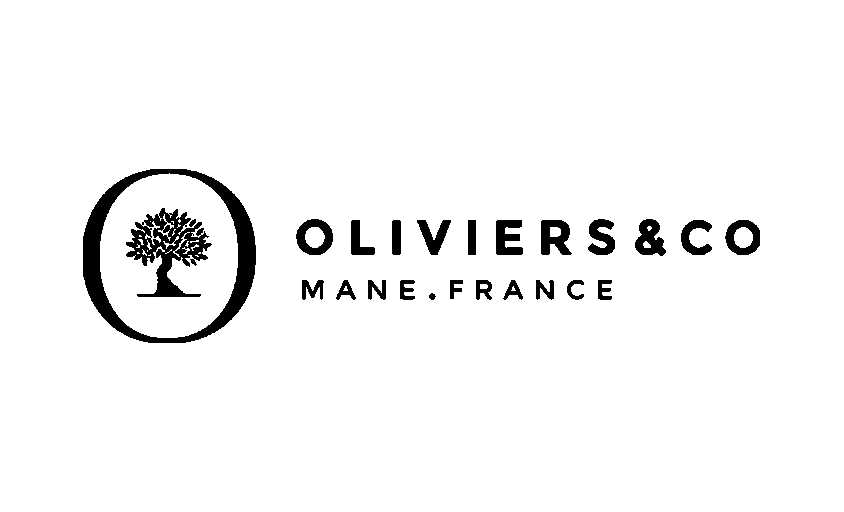The Work of a Color Retoucher
In this article :
In the demanding world of photo retouching, the color retoucher (or “chromist”) plays a vital role. Their work goes far beyond enhancing an image, they are responsible for ensuring color accuracy and tonal harmony. In a world where color profoundly shapes visual perception, their job is a delicate balance of technical precision and artistic sensitivity.
Whether it’s for a luxury advertising campaign, a fine art print, or a product packshot, every hue, every saturation level, and every contrast must be mastered with precision. The chromist is the one who ensures that the red of a logo appears consistently across a computer screen, a printed poster, and product packaging. Their expertise goes beyond simple image correction—it extends to the meticulous management of colors according to their intended use and medium.
A Virtuoso of Colorimetry
Unlike generalist retouchers, the chromist is a true specialist in color. Their craft requires a deep understanding of color spaces and their technical constraints.
In their day-to-day work, they handle several crucial tasks:
✔ Removing unwanted color casts
A greenish tint on a face? A cold light distorting a product’s appearance? The chromist corrects these flaws to achieve a result that stays true to reality.
✔ Color harmony across image series
In a brand campaign or a product collection, every image must be perfectly consistent. That means subtly, but critically, aligning all hues from one photo to another.
✔ Adapting colors to various outputs
An image intended for the web doesn’t have the same requirements as one printed in large format. A chromist navigates between RGB, CMYK, and Adobe 98 color modes, adjusting color profiles to prevent any unwanted shifts.
Mastering Technique to Elevate the Image
The job of a chromist retoucher is built on in-depth knowledge of post-production tools. Far from being a mere “color tinkerer,” they rely on advanced technologies to ensure optimal visual results.
- ICC profiles and color space management
Without proper color profiles, a hue that looks accurate on-screen could turn completely off in print. The chromist adjusts every setting depending on the final output medium. - Advanced correction tools: curves, levels, and LUTs
Using curves and levels, they fine-tune contrast and tones to bring depth to an image while preserving its original intent. LUTs (Lookup Tables), on the other hand, help apply consistent color grading across a set of visuals. - Monitor calibration and screen profiling
Precise color rendering is impossible without a properly calibrated monitor. A skilled chromist works on reference-grade screens, regularly calibrated to ensure faithful color representation.
Industries Where Color Is King
The expertise of a chromist retoucher is in high demand across various fields, where color accuracy is not just important — it’s essential.
- Advertising & Luxury
A brand’s visual identity often hinges on specific, instantly recognizable colors. A Chanel or Hermès campaign wouldn’t tolerate an imprecise version of its signature red or iconic orange. - Fashion & Beauty
Enhancing skin tones, matching garment colors to a collection, or preserving flawless makeup on screen — the chromist ensures a natural and harmonious result every time. - Product Packshots & E-commerce
Customers expect the color they see online to match what arrives at their door. Even slight deviations can lead to dissatisfaction and hurt sales. - Art Photography & Artwork Reproduction
Galleries and museums rely on chromists to deliver faithful reproductions of artworks, where every pigment must be rendered as true to the original as possible.
A Profession Between Science and Intuition
Where software can automate basic color corrections, a chromist retoucher brings a human eye and artistic sensibility that make all the difference. It’s not just about applying standard settings — it’s about understanding the intention behind each image.
Take a portrait, for example: should the subject’s complexion be warmed for a cozy, inviting feel, or should cooler tones be preserved for a more cinematic look? In food photography, should the colors be made more vibrant to whet the appetite, or kept realistic to convey authenticity? These decisions lie in the chromist’s hands, driven by the emotional impact the image is meant to convey.
A Changing Yet Essential Role
The rise of AI and auto-correction algorithms is reshaping the profession. While some tools now offer instant color adjustments, none can rival the trained eye of a true expert.
Color grading trends are also evolving alongside new display technologies. What once worked for print magazines must now be adapted for OLED screens or Instagram filters. That’s why adaptability and lifelong learning are crucial for any chromist determined to stay at the top of their craft.
Conclusion
Behind every striking campaign and every image that captures our attention, the chromist retoucher works with the precision of a craftsman. They adjust, balance, and elevate colors to create flawless visuals. Their expertise in advertising retouching is as technical as it is artistic, making them an indispensable figure in photography and visual design.
As visuals become more pervasive in our daily lives, mastering color has never been more critical. And behind each impactful image, there’s a chromist ensuring the magic comes to life.
Jérémy Carlo is the editorial director at Rétines, where he ensures the consistency and clarity of all content produced by the studio.
Our Clients
Let’s discuss
What we do for you at Rétines
Meticulous work, an organised project and fast delivery. And to achieve this, we mobilise the right resources in our teams at the right time.
01
Pre-production
Artistic and technical direction tailored to the project.
Relevant recommendations on content, form and resources.
02
Photo Shooting
Photos taken by our experienced photographers.
Production that’s controlled, efficient and tailored to the needs of the project, with nothing superfluous.
03
Retouching
Technique
Photographs magnified by our retouching team.
Post-production to meet the commercial challenges of the brief.












